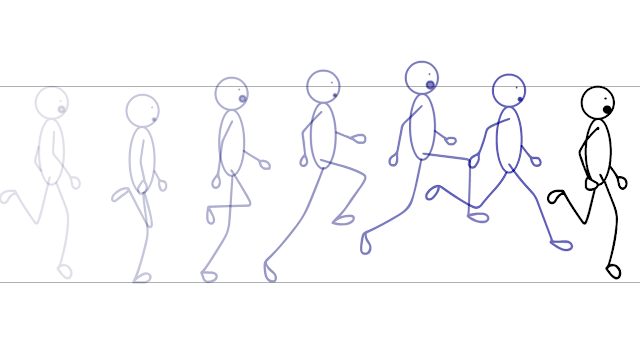PULP FICTION AND POSTMODERNISM

Pulp Fiction (1994) but Quentin Tarantino is a film with many elements of postmodernism.
Tarantino has a unique style of making films. This style comes from the way he remixes his films, as he takes the best parts of them and creates his own masterpieces. In the postmodern world, we could say that he uses the process of 'creative destruction' to make his own, unique artwork. Some of the post modernism elements he uses are pastiche (similar to mimicry) and intertextuality.
An example of pastiche in Pulp Fiction is in the scene where Mia Wallace and Vincent go to the restaurant 'Jack Rabbit Slims'. The restaurant has a 1950's vibe and as Vincent says "It's like a wax museum with a pulse". The waiters are dressed like iconic stars such as Marilyn Monroe, Jayne Mansfield and others, the tables are designed as vintage cars, and even the music is 1950's (Chuck Berry's "You Never Can Tell).
Intertextuality can be seen in the many pop culture and brand references within the film. McDonalds, Happy Days, Madonna, The Flintstones, and many more. These elements add to the world of American culture Tarantino has created within the film.
Another, if not the most striking, element of postmodernism is the distinctive plot line that is told out of order. This odd narrative keeps the audience on the brink of confusion, making the film all the more exciting. The plot itself can be compared to post-modernistic architecture. Rather than just serving its average plot with its average building on its own, it provides us with a refreshing aesthetic.
Taking all the above into consideration, we can see how Tarantino uses the plot, environment and narrative to make Pulp Fiction a postmodern film.


Comments
Post a Comment